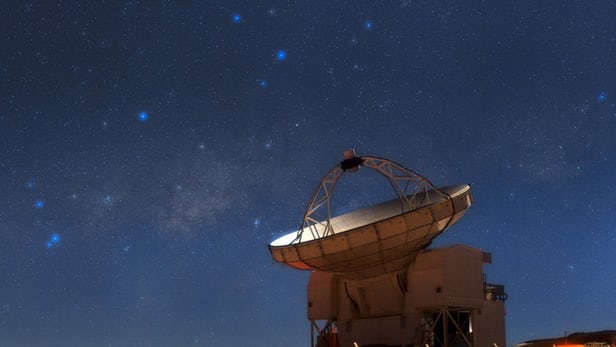Economies in the Asia-Pacific region cannot sustain their present dynamic growth “unless water is brought into the equation” as the region faces a “crisis” in securing and managing the prime resource.
A comprehensive report on water development in Asia-Pacific just released by the Asian Development Bank (ADB) says that it is now “the global hot spot for water insecurity”.
Up to 3.4 billion people could be living in water-stressed areas of Asia by 2050, says the report, citing data from a study conducted by the Austria-based International Institute for Applied Systems Analysis (IIASA). Several countries in the region — Afghanistan, China, India, Pakistan and Singapore — are projected to have the lowest per capita water availability by 2050. Read more






